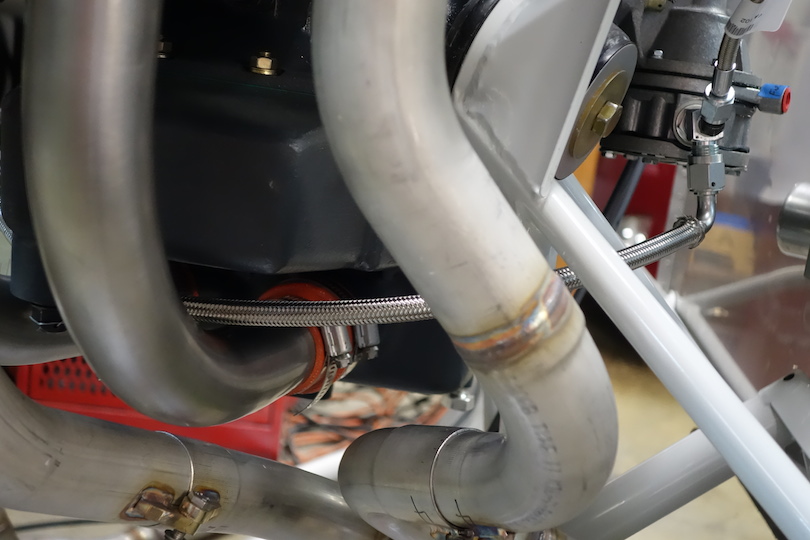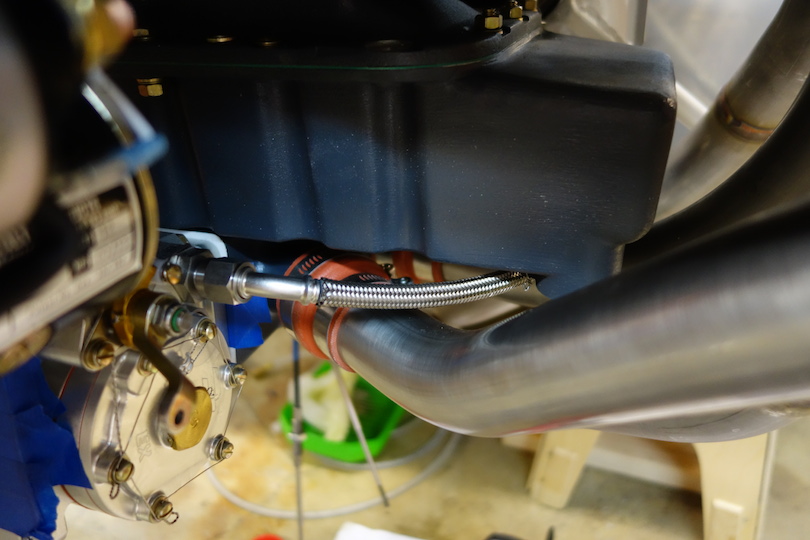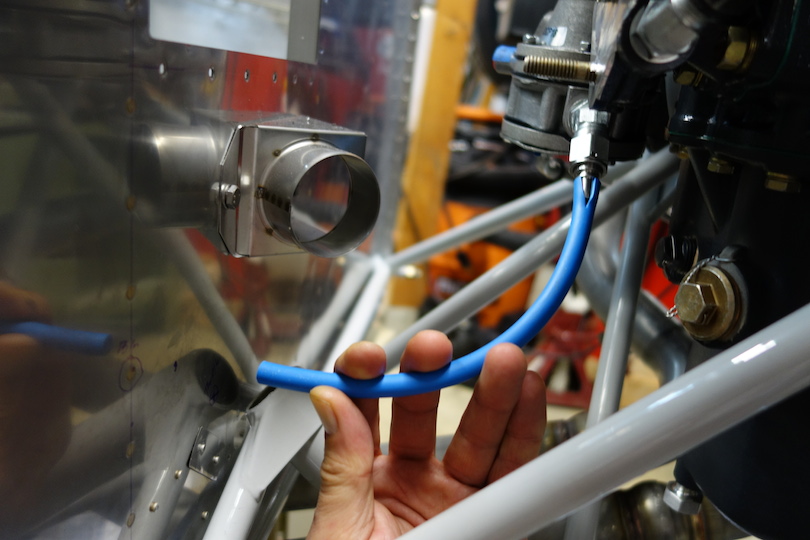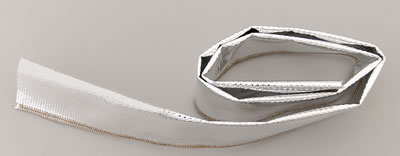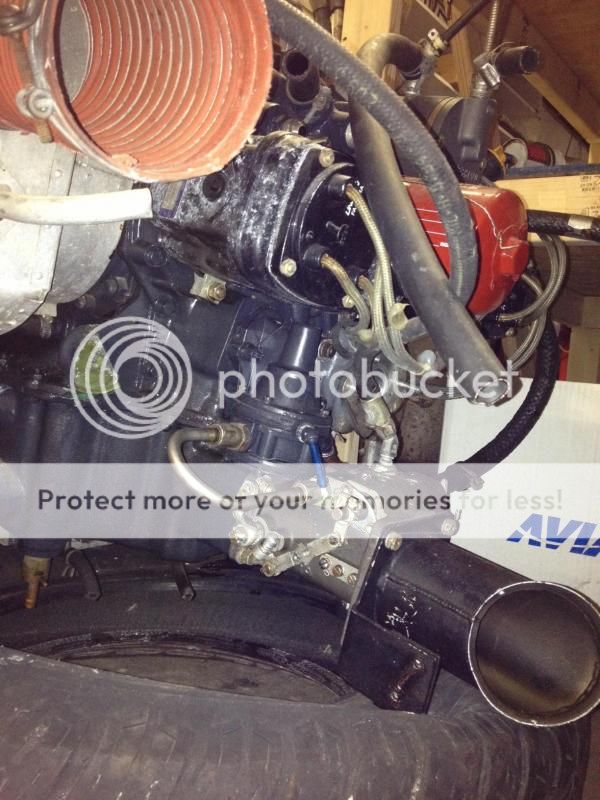True, you did not say "reckless", but you did say "don't fly over my house" and...
....consider what else might happen when stuff starts moving around - maybe in only fractions of an inch, and then consider if you want your family member in the plane when the fit hits the shan...
... So what message am I supposed to hear, Mark?
So here we are using the same old "...save the poor builder from themselves..." junction. Yep, Cessna does not use a lot of hard lines FWF, but they are absolutely appropriate if fabricated properly.
I can show with certainty that:
- hard lines work for the governor line on a Lycoming;
- it is acceptable practice to use aluminum nuts and fittings on steel lines (and vice/versa;
- hard lines are used reliably in a variety of applications substantially similar to the fuel delivery on a Lycoming;
- hard lines are used for FWF fuel supply in some certified Lycoming applications;
- I use hardlines FWF wherever possible and have had no failures.
So with all this direct evidence that hardlines work, I still get a bunch of pushback ONLY because Cessna doesn't have a million flight hours on them. Well you know what? Cessna doesn't use plastic brake lines and rod end fittings for flight control hinges either.
So I thought this was an information forum, a place where we could share our collective experience and learn things. Apparently it's nothing more than a customer service counter for Vans Aircraft.
But you are right about one thing. It's possible (likely) that someone will try fabricate a set of lines, do it poorly, and that will be "proof" that they don't work. Never mind all the complete hack jobs that are flying around right now - supposedly "built to plans". I've seen battery cables zip tied to fuel lines, braided hose kinked, chafing and zip tied to the engine mount, Flight control cable rubbing on structure, hinges loose, and a myriad of other obvious maintenance sins. Heck, I just found a 2 pound bucking bar in the wing of my Rocket. Don't know how many flight hours it's been there, but I know at least 20.
Anyway, if there is going to be no sharing of information, nor any "logical" debate, then I will seriously curtail my input to this site. We don't want anyone getting hurt (in the airplanes they're building in their garage).
